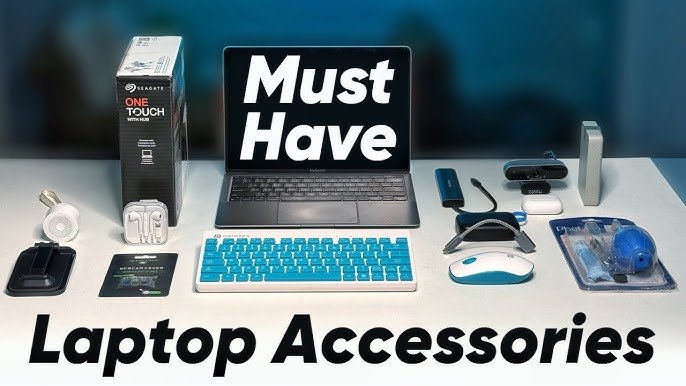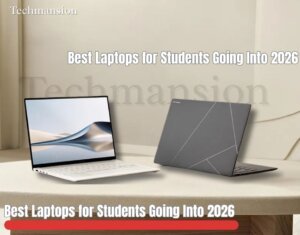When you’re a student attending online lectures or a remote worker pulling all-nighters, your laptop becomes your command center. But no matter how powerful your machine is, there’s a limit to what it can do unless your setup supports it. That’s where must-have laptop accessories come in — they turn a basic device into a productive workstation.
I understand the struggles: cramped spaces, bad ergonomics, constant switching between tasks, struggling with cables or clutter, and eye or back strain. The right accessory can feel like a lifesaver.
What Makes an Accessory “Must-Have”?
Before listing things, let’s set a standard:
- It must solve a real pain point (ergonomics, connectivity, power, input efficiency, comfort).
- It should be portable or compact enough for students or remote workers to carry.
- It should pay off in productivity or comfort, not just look good.
With those in mind, here are the top accessories you should consider—and how to use them smartly.
Read Also: How to Mirror Your Smartphone Screen to a TV or Laptop
Essential Accessories You Should Get
Laptop Stand or Riser

Neck strain is one of the greatest irritations of long sessions. Hunching and fatigue can be greatly decreased by using a stand to put your screen on par with your eye level. High numbers of students and remote workers claim that this accessory is the only thing that has transformed the level of comfort with their setup. PCWorld includes laptop stands as one of the products that should be used to prevent back pain.
Find stands that can be folded, are stable, and well ventilated (open frames). You do not even need something heavy, but one that is stable enough to support your laptop without falling.
Read Also : How to Convert Your Tablet to Laptop for Work
External Keyboard & Mouse (Wireless)
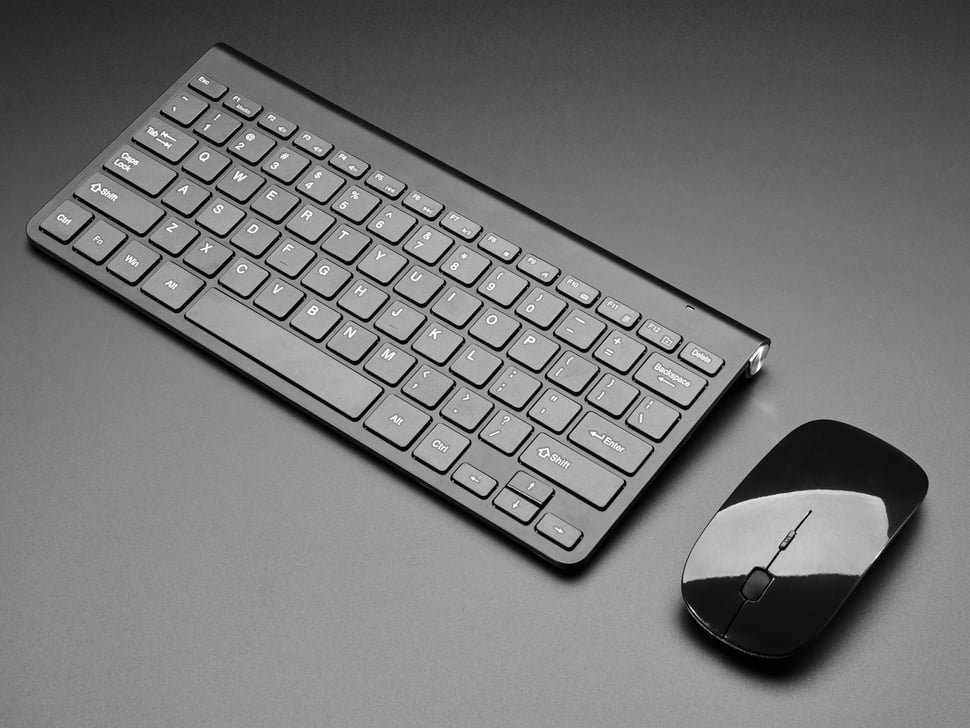
The laptop keyboard and trackpad are acceptable in light usage; however, when it comes to long essay writing, code writing, or even design, an external keyboard and mouse will make an enormous difference. You can consider keeping your hands apart in order to have the laptop screen at eye level and flat wrists.
Be sure to select a wireless receiver, either Bluetooth or USB, so as not to be hooked up to wires. The ergonomics are important: some like low-profile keys, silent switches, or ergonomic shapes. Another aspect that PCWorld emphasizes is the existence of appropriate external input devices which are productivity game changers.
USB-C Hub / Docking Station
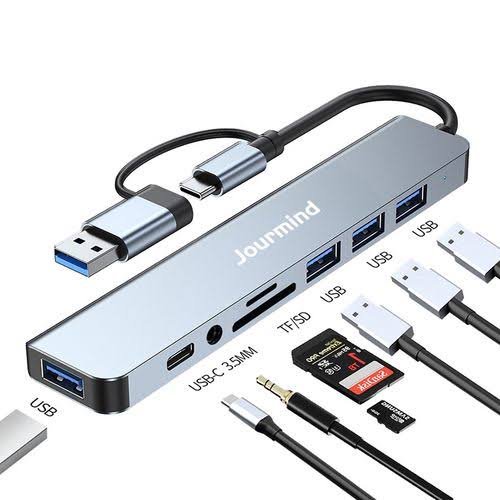
Most of the laptops nowadays are bulky and portable. You can be lacking USB-A, HDMI, Ethernet, SD card slots, etc. They are all provided in a single compact adapter, a USB-C hub, or a docking station. You only plug one cable into your laptop and the others (monitor, keyboard, SSD) into the hub.
LaptopMag refers to docking stations as a necessity for remote workers who require numerous ports. The secret, however, is to pick one that allows power delivery, video output, and is durable in terms of construction.
Related article: What to Consider Before Buying a HP Laptop
Portable Monitor or Second Screen
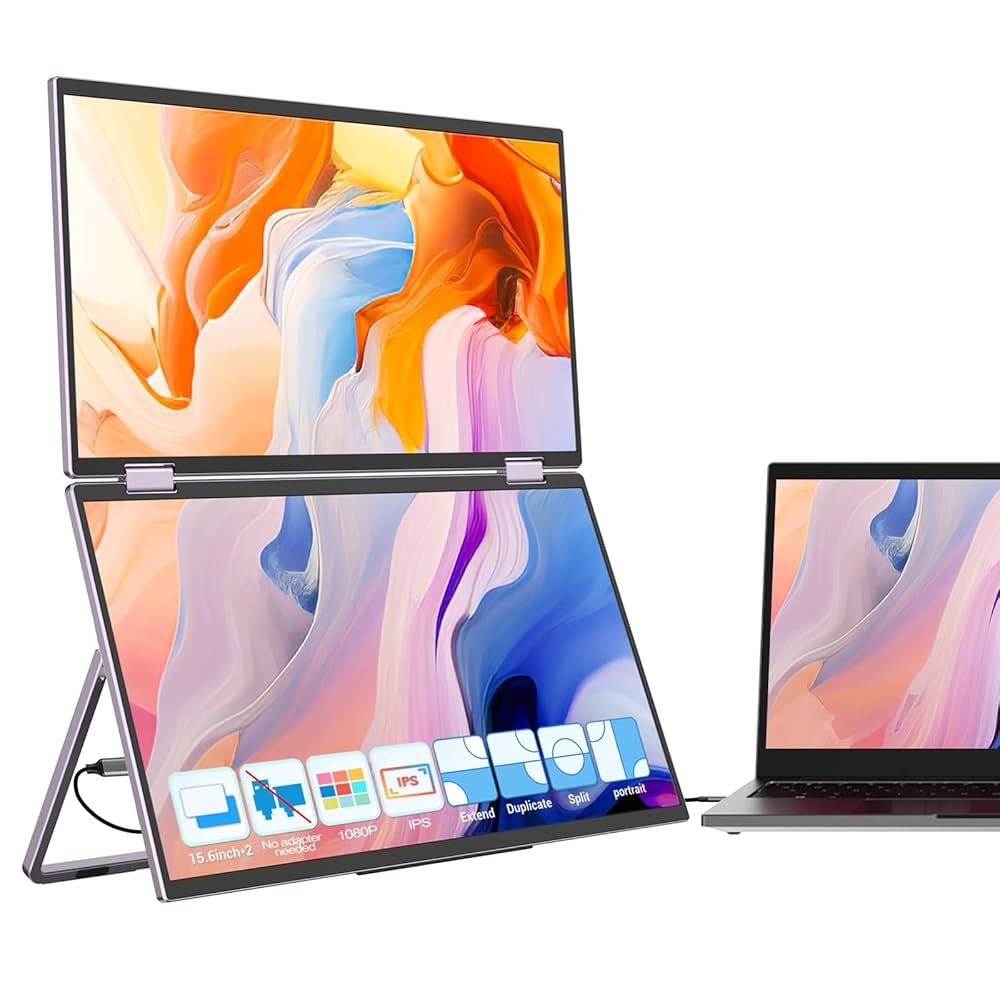
Extra screen real estate is productivity gold. A portable USB-C monitor provides an extension, whether it be multitasking, document comparison, or even document reference. Monitors are one of the must-have items for many remote workers.
Ensure that the monitor is not very heavy, works on USB-C power/data (to have fewer cords), and the display is bright enough to work in any place.
Cooling Pad or Ventilated Stand
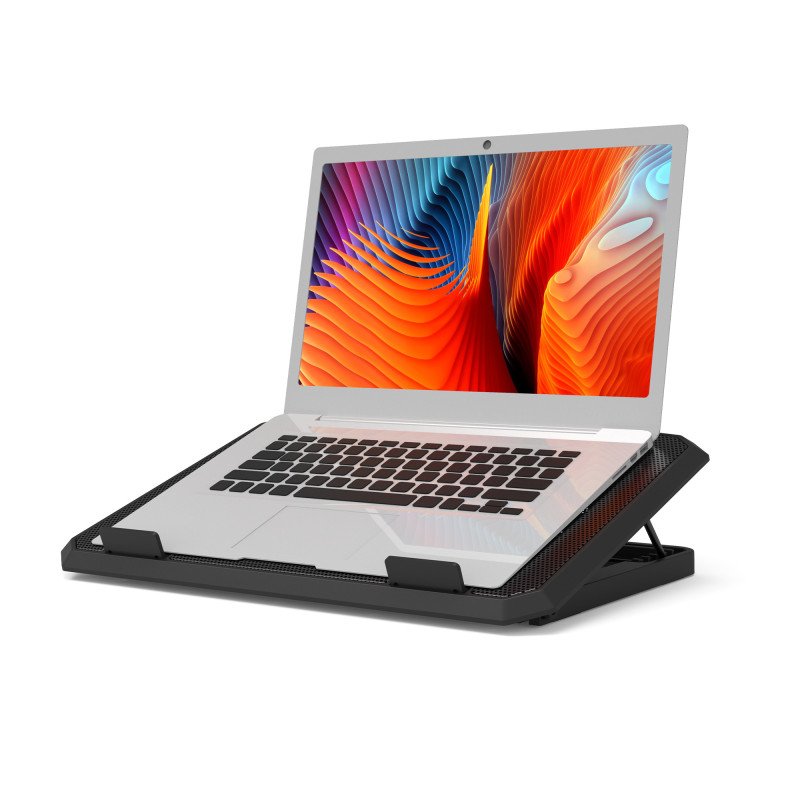
High-loading laptops (coding, rendering, editing) become hot and are throttled and unpleasantly hot on your lap. To aid in airflow, a cooling stand with fans or a vent stand is used. There are also numerous hubs that are cooling and USB extension.
Noise-Canceling Headphones or Good Audio Gear
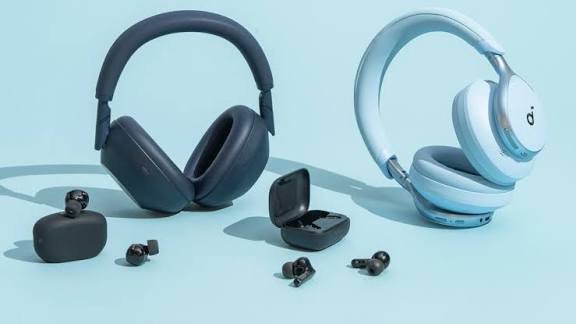
Clear audio is necessary when you are in video lectures or in remote meetings. Distraction can be brought by noise. A good headset or noise-cancelling headphones come in handy. The recommendations made by HP concerning remote work equipment are webcams and audio equipment.
Look for mics with noise suppression and comfy ear cups for long wear.
Desk / Table Light (Monitor Light Bar)
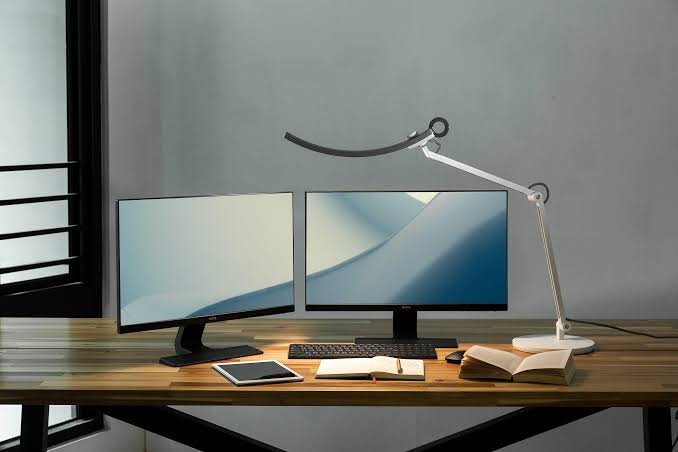
This is a Must-Have Laptop Accessories especially if you’re working late. Doing late work or working in rooms where the lighting is poor strains your eyes. A lamp, which illuminates the keyboard and workspace (without screen glare), is very useful. WIRED has suggested the use of the ScreenBar series by BenQ in the work stations due to the ability to lighten the space without messing with the desk.
Aim for one that can mount on top of your monitor or attach to your laptop so your desk stays clear.
Prioritizing for Budget & Context
If you can’t buy everything, here’s how to decide:
- Start with ergonomics: stand + keyboard/mouse. Your body pays for neglect more than seconds lost on tasks.
- Then connectivity: hub/dock, then prospective monitor.
- Then comfort & usability: cooling, audio, lighting.
Also, consider what your environment allows. If you’re constantly moving (cafés, classrooms), portability matters. If you’re mostly in one spot, you might invest more in a full docking setup.
How to Evaluate & Avoid Wasting Money
- Check compatibility: Not all hubs are compatible with high-performance laptops in terms of their full resolution and charging.
- Good material: Low prices can cause the stands to topple or collapse.
- Power delivery: The Power/hub/dock should be capable of providing enough wattage to your laptop.
- Customer care and warranty: Electronics and cables are broken – good coverage assists.
- Modularity: Get attachments that can be used in subsequent devices.
Final Thoughts
For students and remote workers, must-have laptop accessories aren’t a luxury—they can make the difference between straining through long hours and working comfortably, sustainably, and productively. Start with ergonomics (stand + input devices), then add connectivity, cooling, audio, and lighting. With the right setup, you’ll not just work—you’ll enjoy working.

